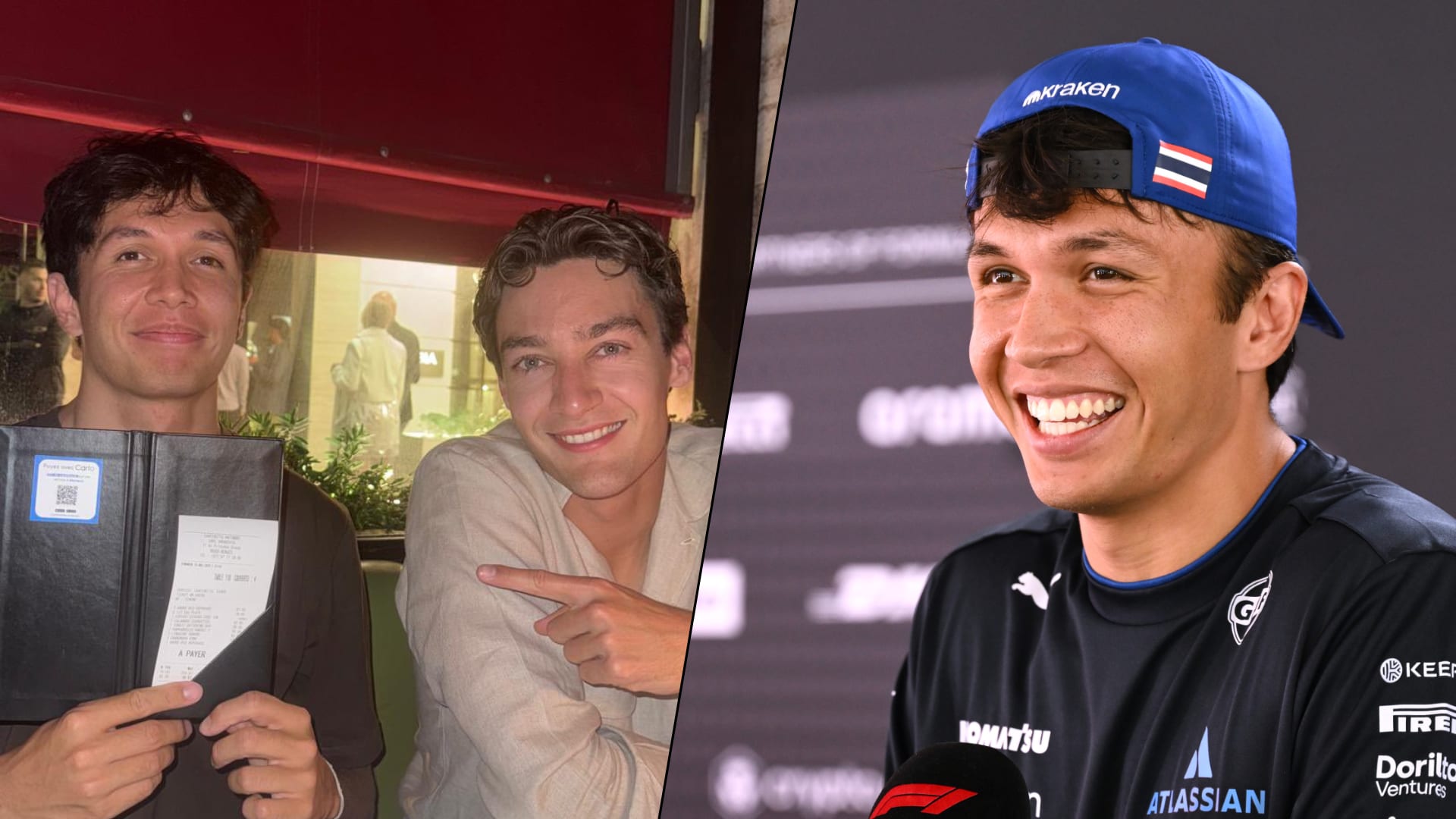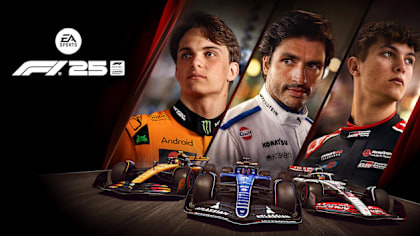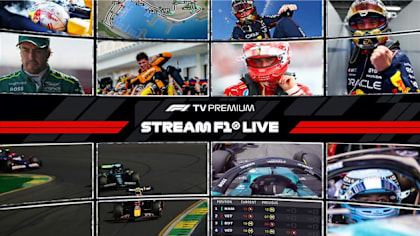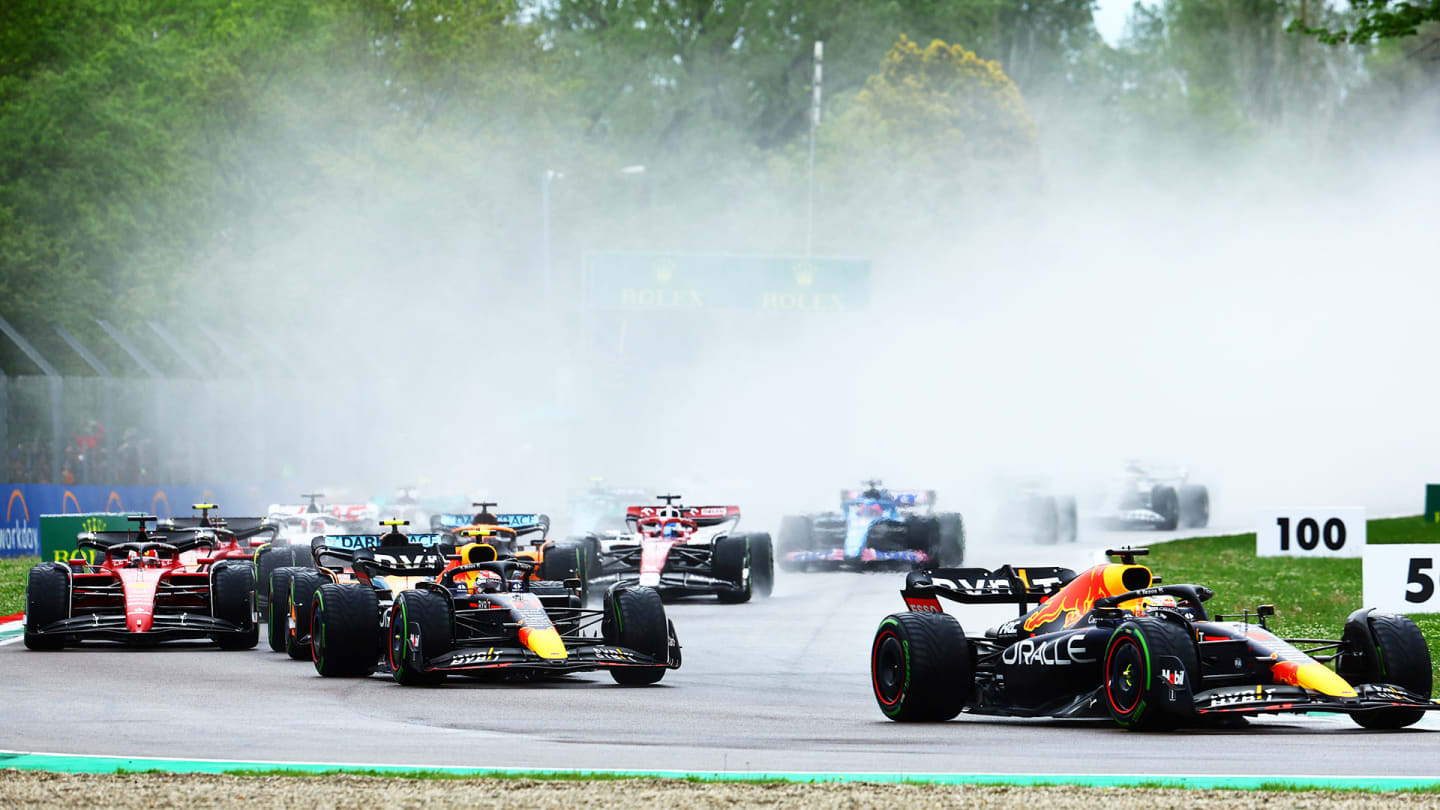
Feature
PALMER: Conditions may have been tough at Imola – but here’s why the F1 grid excelled themselves

Share

With changeable conditions throughout the weekend and the first Sprint of the season, Imola looked like one of the toughest Grands Prix of the year for the drivers on paper.
The standard of driving generally through the field was extremely high though, and Carlos Sainz was the only driver to have a significant crash throughout the entire weekend when he lost control as rain fell in Q2, on a circuit with little run-offs and much jeopardy.
Interestingly, and perhaps unsurprisingly, it was Friday’s one hour of practice that saw the most incident, with the majority of the field causing a yellow flag for a minor spin or excursion at some point.
That Friday practice was crucial for the drivers to get up to speed, because with the Sprint format, it was the only bit of driving before qualifying, hence drivers were pushing the limits harder than a typical FP1.
Qualifying in drying and then dampening conditions was also extremely challenging for the drivers, as you have to constantly re-calibrate your references and assess your lines – and whether you can take kerbs or not.
Jolyon Palmer's Analysis: Setbacks for Charles Leclerc and Ferrari
It’s also the time that the drivers have to throw caution to the wind. In these mixed conditions, it’s about constantly making sure you are out of danger of the cut-off, because as we saw, you can never be sure when the next yellow or red flag is coming, and the conditions can change in an instant. That’s what added to the woes of the Mercedes duo, who both were knocked out in Q2 after the rain fell during Sainz’s red flag clear up.
It was a similar case in Q3 for Sergio Perez, who looked like he was on a lap to challenge for pole before making a mistake on his final lap, before Valtteri Bottas’s stoppage brought a red flag out and effectively ended qualifying prematurely. Unlike Kevin Magnussen and Lando Norris in Q3, Perez’s touch of the Acque Minerali white line didn’t result in a spin, but it did cost him a front row grid spot as a minimum, and ensured he had plenty to do in the Sprint.
READ MORE: FIA to evaluate impact of increasing number of F1 Sprints in 2023
The Sprint was a fine display of wheel-to-wheel racing, with some brilliant moves interspersed with DRS passes, which settled the grid closer towards pace order than wet qualifying had been.
And then there was the rain-affected Grand Prix itself.
2022 Emilia Romagna Grand Prix: Sainz runs into trouble on gravel at Imola start
It was the smallest of errors for Daniel Ricciardo – as you can see in the video above – as he tipped Carlos Sainz into retirement at Turn 1. Ricciardo had the car under control through the braking phase, but in slippery conditions he mistakenly put his car onto the apex kerb, which induced some understeer and washed the Australian helplessly towards the Ferrari on his outside.
Mick Schumacher had an incident of a similar vein at the second part of the chicane as he accelerated off the apex kerb, and with his car hopping, he broke traction and spun out of the top 10, swiping the other Spaniard, Fernando Alonso, on the way.
TECH TUESDAY: A look at Red Bull and Mercedes' Imola upgrades as the development race kicks off
A wet start is always chaotic, as we saw last year in Budapest. With 20 drivers packed in together on the run down to the first corner, it’s always going to be a recipe for trouble when the grip is at an unknown, reduced level.
Unlike Budapest, the drivers were more prepared for driving in the rain, having had a wet Friday and wet laps to the grid to feel the conditions on Sunday. But the run down to Tamburello is extremely narrow, and the first corner being not only a heavy brake but a chicane lends itself more to incident, as there is less space out wide for drivers on the outside to bail out.

The drivers had their first taste of racing with the intermediate tyres in 2022 at Imola
Ricciardo and Schumacher’s mistakes were small but with big consequences, particularly for the unfortunate Spaniards, Sainz and Alonso .
Overall, it looked like the drivers and teams were exercising a lot more caution on Sunday, when there were major points at stake.
The drivers looked to be a lot more measured at the wheel. We barely saw any lock-ups – just a few at the chicane where you can get away with it more easily. This is typical of a Grand Prix – we come to expect few mistakes from the best drivers of the world, but when the damp circuit had thrown up so many thrills and spills on Friday, it was surprising Charles Leclerc’s spin was the only major incident of note after Lap 1.
I think the cautious attitude of the drivers was evident when looking at the strategy. With a drying track, the strategy hinges on the slick crossover, the one main pit stop of the Grand Prix.
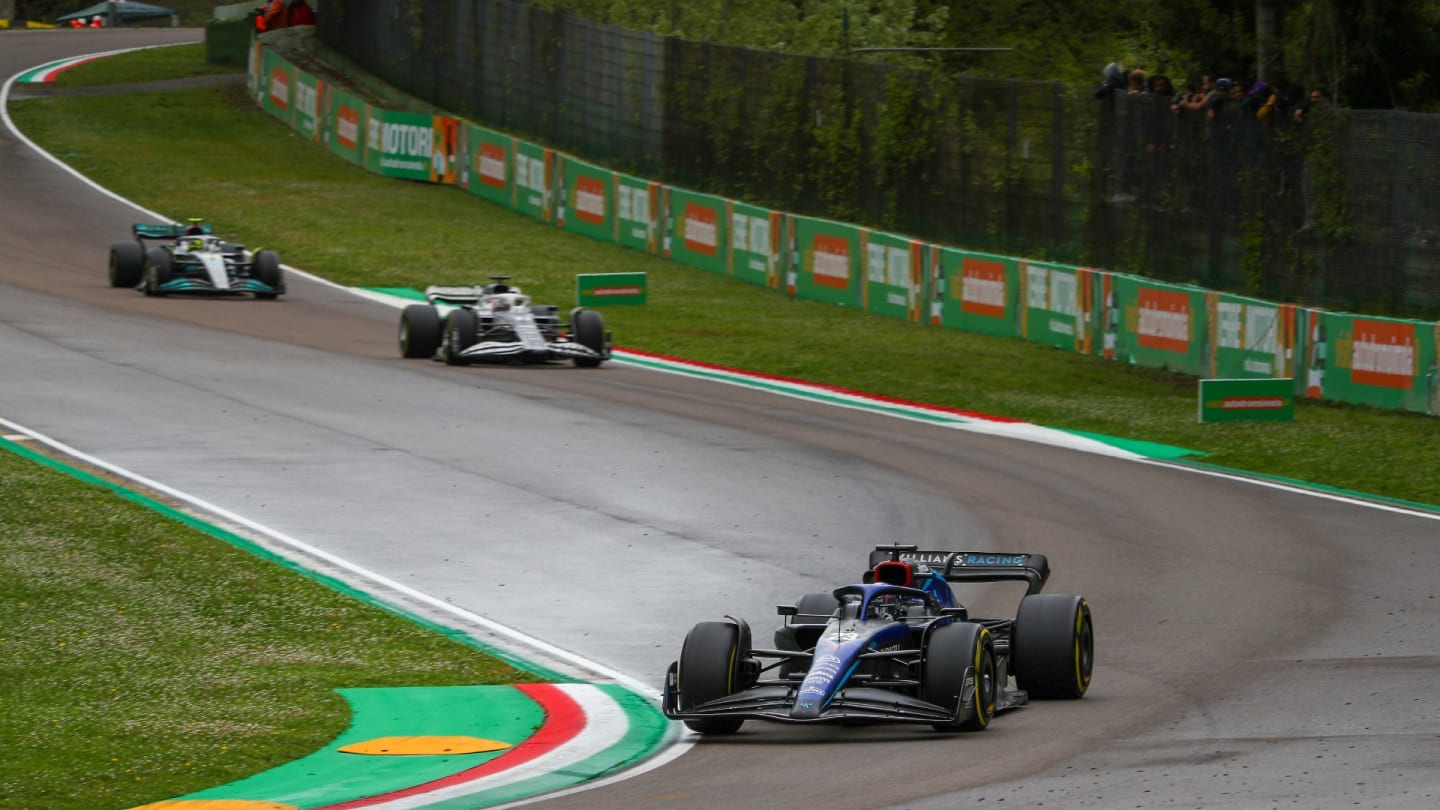
Judging when to switch from intermediates to slicks was a critical part of the teams' race strategy
Usually, whoever puts slicks on and gets them working first makes big progress, as they get them fired up first and can exploit the huge grip advantage the dry tyres offer.
Surprisingly though, nobody thought the conditions were worth a go until Daniel Ricciardo went for it on Lap 16 from the back of the field, immediately proving it was the right choice by setting all three personal best sectors.
F1 NATION: Adrian Newey on the Red Bull vs Ferrari fight – and which team is fastest
Even once the evidence was there, other drivers were cautious, with only Sebastian Vettel, Pierre Gasly and Alex Albon pitting on the following lap. All four drivers made gains, especially the trailblazer Ricciardo, who made three places and 14 seconds, to be on the rear of Lewis Hamilton after the sequence had panned out. Ricciardo even made up a few seconds on the imperious race leader Max Verstappen in this phase.
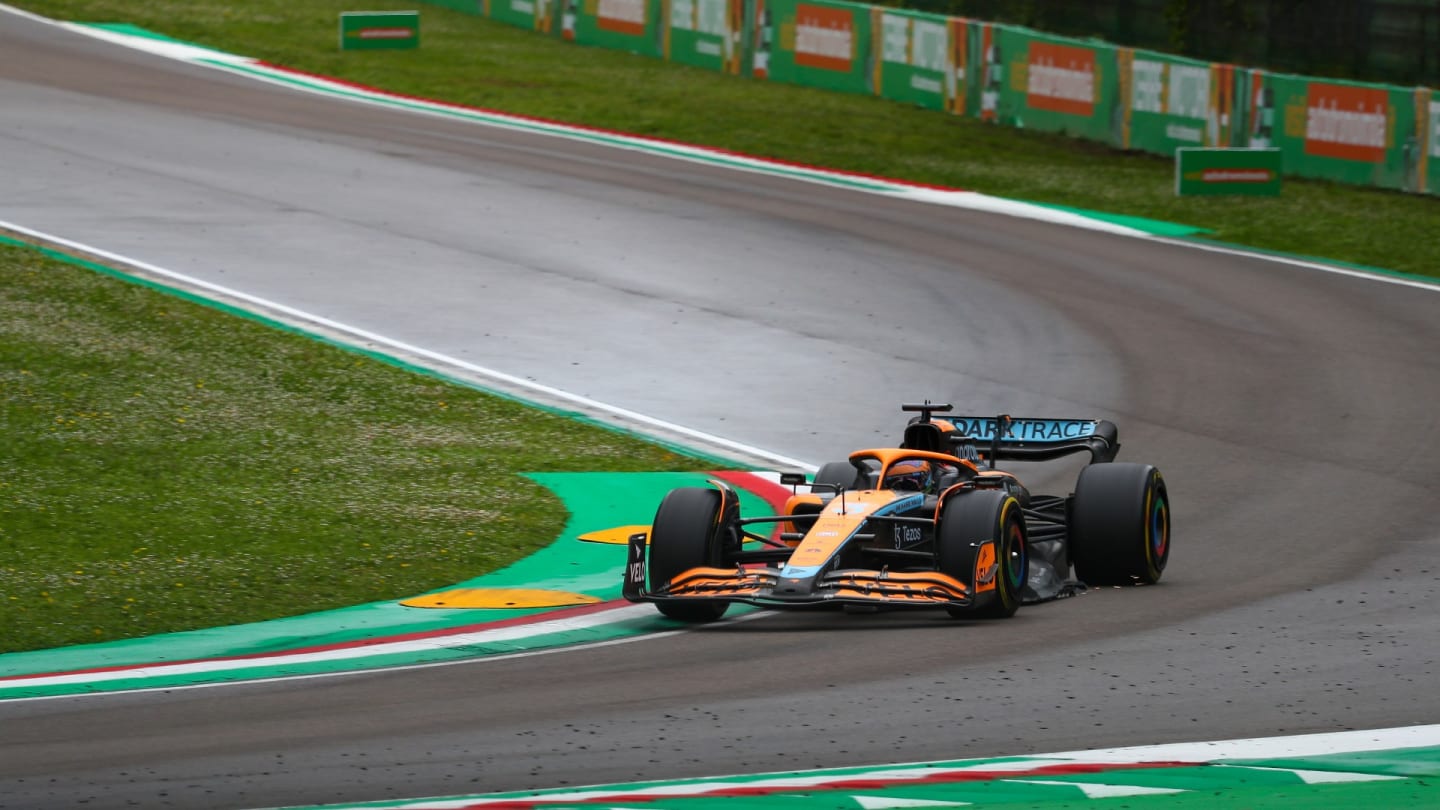
Daniel Ricciardo was briefly the quickest man on circuit when he switched to slicks
Leclerc’s incident was probably the perfect demonstration of why drivers in general erred on the side of caution on Sunday. With the championship leader determined to fight Sergio Perez for second, he carried slightly too much speed into Variante Alta and demonstrated the fine line everybody faced between success and failure in these conditions.
After some brilliant Grands Prix so far this season, we will probably view Imola as a calmer one that promised plenty. For the drivers, it would have been anything but calm at the wheel though, with concentration levels through the roof. It’s testament to their skill that there wasn’t so much as a Safety Car after the start incident on Sunday.
YOU MIGHT ALSO LIKE

Video WEEKEND WARM-UP: McLaren look the team to beat but Verstappen aims to keep winning run going in Spain
new
Live Blog LIVE COVERAGE: Follow all the action from second practice for the Spanish Grand Prix
News F1 25 out now – with 'F1' movie integration and the return of ‘Braking Point’ story mode
News How to stream the Formula 1 2025 Spanish Grand Prix on F1 TV Premium
